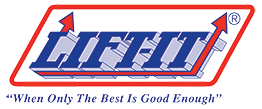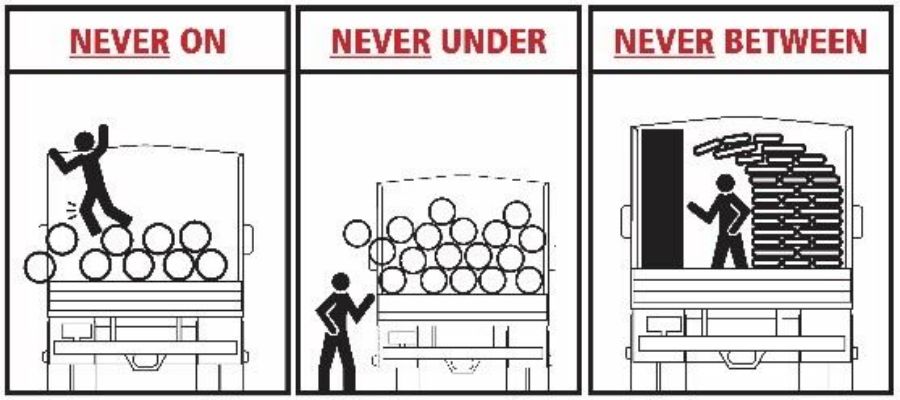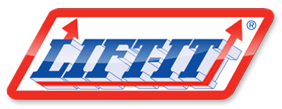Fall Zone + Sphere of Influence = Danger Zone
By: Michael J. Gelskey, Sr.
The U.S. Department of Labor – Occupational Safety & Health Administration in 29CFR 1926.1401 defines the fall zone as, “The area, including but not limited to, directly below the load in which it is reasonably foreseeable that partially or completely suspended materials could fall in the event of an accident”.
Untrained users may be unaware of the subtlety of “but not limited to, directly below the load”.
Erroneously the focus may be placed solely on the “directly below the load” without regard to “but not limited to”.
As an example, consider a scenario in which a spreader bar is used to lift a load and it is connected to the crane with a two-leg bridle sling. Imagine the sphere of influence if during use, just one of bridle legs were to break. The load may fall “directly below”, but the spreader bar, while still connected to the crane with the remaining bridle leg may be propelled into the “but not limited to” zone.
A Key point to realize is that our awareness of the potentially deadly consequences of the fall zone must involve more than falling loads. The release of tension in any attitude, i.e., vertical (up and down), and/or horizontal
(to and from), at any angle can result in severe injury or death.
Additional hazard awareness is necessary to fully comply with the OSHA mandate. Compliance not only assists in ensuring one’s safety, but provides countless, additional benefits, i.e., the pursuit of happiness, living long enough to exact revenge on children through grandchildren, lower worker compensation modification rates, improved morale, etc. Fall Zone hazard awareness must always include the sphere of influence from the perspective of an unplanned release of tension.
Effective warnings must not only identify the hazard but recommend appropriate measures to mitigate the hazard and/or clearly state the consequence of not addressing the hazard, i.e., SEVERE INJURY or DEATH. An unplanned release of tension can produce devastating whiplash and/or impact force as broken rigging or load securement components are propelled at hundreds of feet per second in unpredictable directions striking personnel.
Human factors experts, utilizing focus groups determined the best term to describe an area that would encompass not only the Fall Zone, but the sphere of influence was Danger Zone. It was also determined that symbols be used to transcend language and literacy barriers, while enhancing comprehension of the hazard. Brevity is not only the soul of wit, but the efficacy of an effective warning.
NEVER UNDER – NEVER ON – NEVER IN-LINE combined with graphics designed for load handling (lifting) and load securement (tie down) were evaluated, reviewed, and developed.
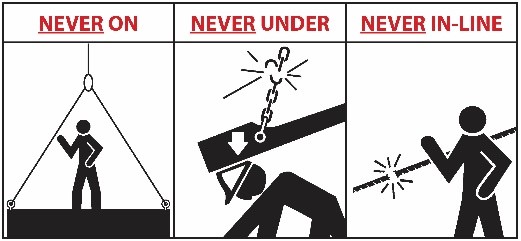
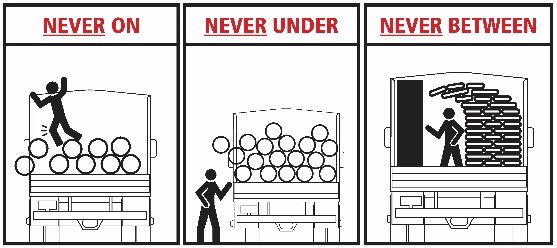
A 9mm socket dropped from a wind turbine nacelle can be just as deadly as a 500-ton dropped load. Gravity always works, what goes up, will certainly come down when unplanned tension is released. While the direction and/or thrust of broken rigging is unpredictable, the consequences of deadly tension can be devasting.
Michael J. Gelskey, Sr. is the CEO and founder of Lift-It® Manufacturing Co., Inc. – Pomona, CA.
He has been involved in the design and manufacture of slings and tie downs for 47 years.
He currently serves as a committee member of the American Society of Mechanical Engineers
B30.9 Sling Committee, the Associated Wire Rope Technical Committee, the Web Sling and Tie Down Association Web Sling and Roundsling Committees and chairs the WSTDA Legal Resource Committee. He has presented training sessions for forty years to sling users, sling and rigging gear inspectors, trade, industry, association, and regulatory groups and provides safety and professional development courses for training and safety personnel.
